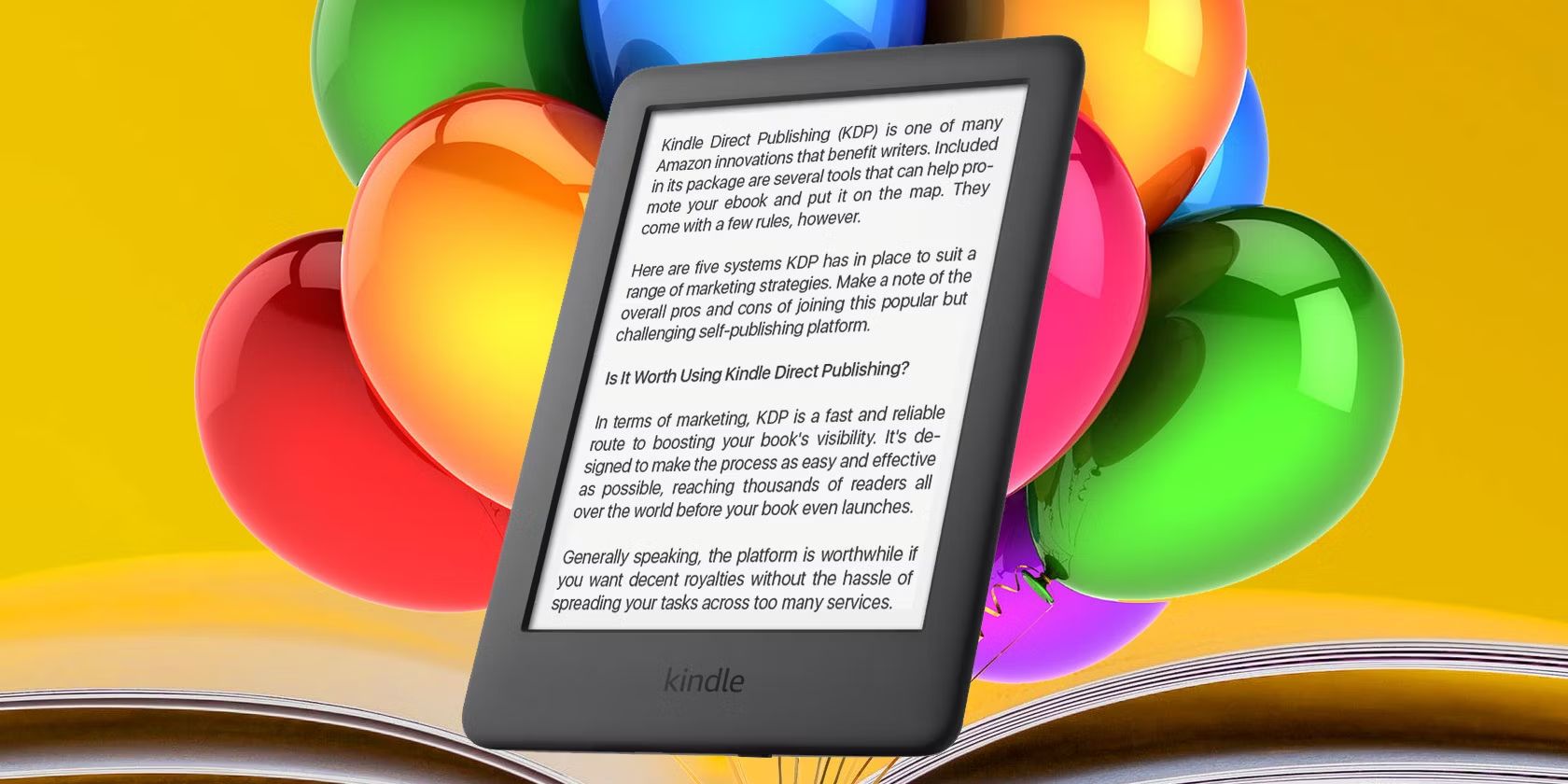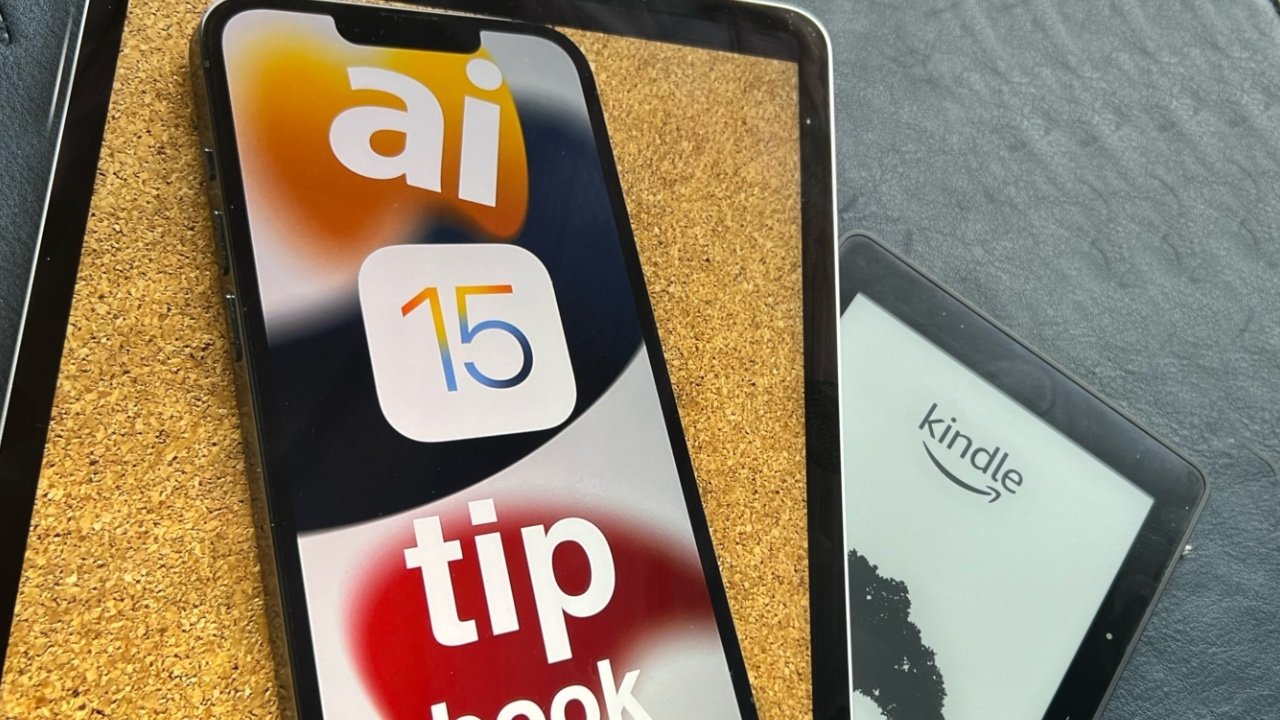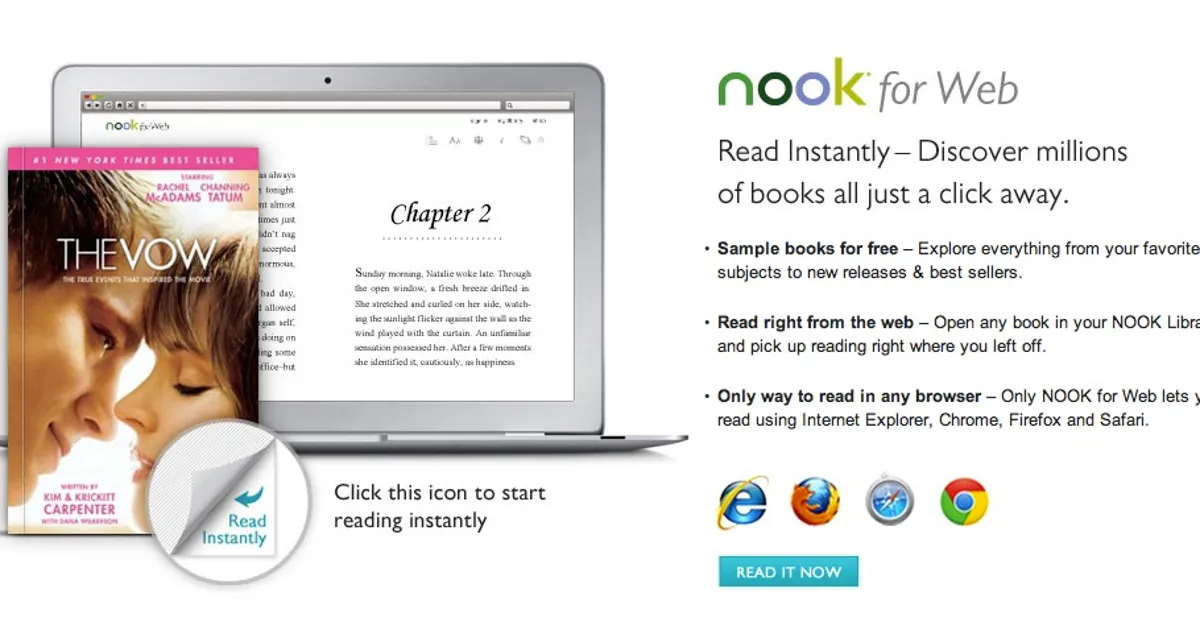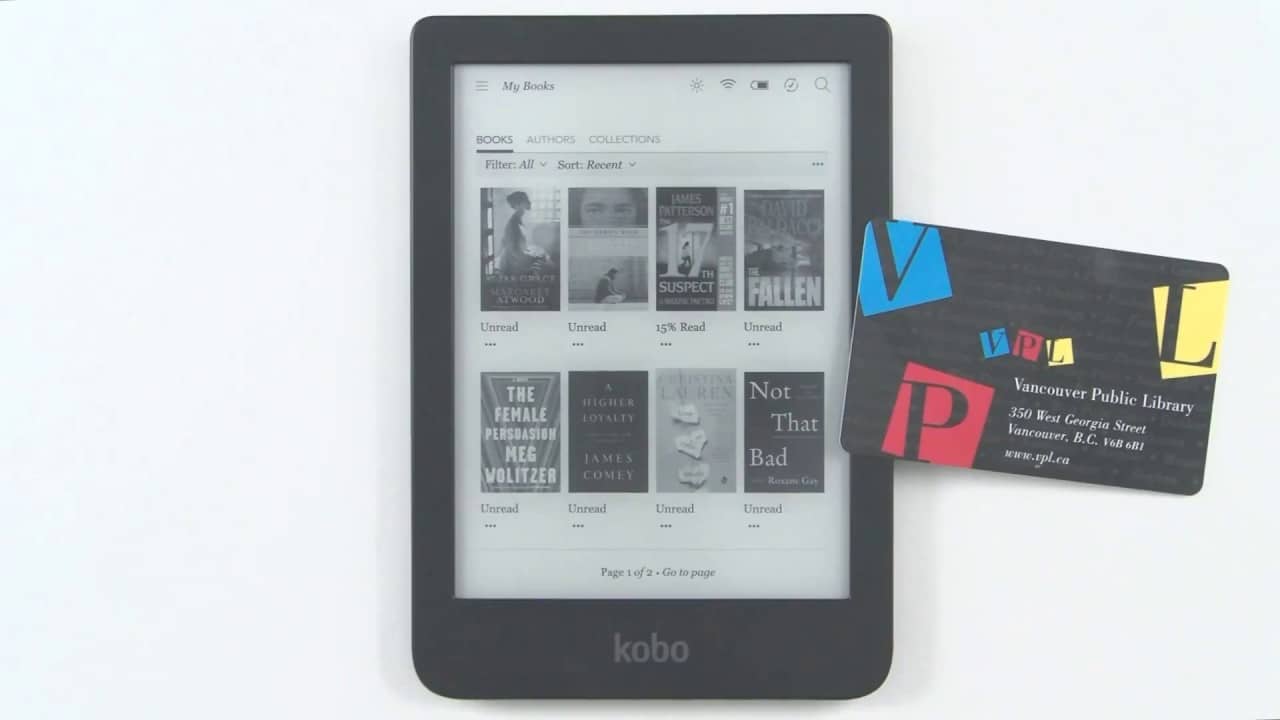Introduction
Welcome to the world of digital publishing, where eBooks have become increasingly popular and accessible to readers around the globe. As the demand for eBooks grows, it becomes vital for publishers and authors to protect their intellectual property from unauthorized copying and distribution. This is where eBook DRM (Digital Rights Management) comes into play.
eBook DRM refers to the encryption and protection techniques used to control the access, use, and distribution of eBooks. It aims to safeguard the rights of authors and publishers by restricting unauthorized copying, printing, sharing, and modifying of their eBooks. While eBook DRM provides a layer of security, it is not without its controversies and challenges.
In this article, we will explore the concept of eBook DRM, its functionality, and the various reasons why publishers and authors choose to implement it. We will also discuss both the advantages and disadvantages of eBook DRM, along with common types of eBook DRM systems in use today. Lastly, we will delve into alternatives to eBook DRM that some publishers and authors are adopting.
Before we dive deeper, it’s important to note that the purpose of this article is to provide an objective overview of eBook DRM. It is not intended to promote or discourage the use of DRM, but rather to present the facts and perspectives surrounding it.
So, whether you’re an avid reader, an aspiring author, or a curious individual interested in the world of eBooks, let’s embark on this exploration of eBook DRM and gain a better understanding of its role in the digital publishing industry.
What is eBook DRM?
eBook DRM, short for Digital Rights Management, is a set of technological measures employed by publishers and authors to protect their eBooks from unauthorized copying, distribution, and usage. It involves the use of encryption and access control mechanisms to ensure that only authorized users can access and read the eBooks.
At its core, eBook DRM is designed to prevent piracy and the unauthorized sharing of digital content. By implementing DRM, publishers and authors can exercise control over how their eBooks are used, ensuring that they are purchased, rather than freely shared or distributed.
One of the primary goals of eBook DRM is to limit the ability to copy and distribute eBooks without permission. DRM systems often include features such as watermarking, encryption, and access codes to prevent unauthorized individuals from accessing the content or making unauthorized copies.
While DRM aims to protect the rights and revenue of content creators, it has been a subject of debate and controversy within the publishing industry and among consumers. Critics argue that DRM can be overly restrictive, limiting users’ ability to freely access and use the content they have legally acquired.
However, proponents of eBook DRM assert that it is necessary to combat piracy and protect the interests of authors and publishers. They contend that the revenue generated by eBook sales is crucial to sustain the publishing industry and support authors, who invest their time and creativity in producing valuable content.
It is important to note that eBook DRM does not only focus on preventing unauthorized copying and distribution but can also include restrictions on other actions, such as printing, sharing, and modifying the content. These limitations aim to strike a balance between protecting the rights of rights holders and ensuring that readers have a secure experience.
In the next section, we will delve into the inner workings of eBook DRM and explore how it functions to protect digital content. Understanding its mechanisms is fundamental to comprehending the impact of DRM on the publishing industry and the experiences of eBook consumers.
How Does eBook DRM Work?
eBook DRM employs various techniques to encrypt and protect digital content, ensuring that only authorized users can access and use the eBooks. Here’s a breakdown of how eBook DRM works:
1. Encryption: eBook DRM typically involves encrypting the content of the eBook file. This encryption makes it difficult for unauthorized users to access the file or understand its contents. Encryption algorithms such as AES (Advanced Encryption Standard) are commonly used to secure the eBook’s data.
2. Access Control: DRM systems incorporate access control mechanisms to restrict who can use or read the eBook. This is usually achieved by imposing digital rights restrictions on the eBook file. These restrictions can include limitations on the number of devices the eBook can be accessed on or the number of times it can be downloaded.
3. Digital Watermarking: Some DRM systems utilize digital watermarking techniques to embed invisible markers within the eBook. These markers are unique to each individual copy and can help identify the source of unauthorized distribution if the eBook is discovered on unauthorized platforms or websites.
4. Authorization and Authentication: To access an eBook protected by DRM, users must go through an authorization and authentication process. This typically involves entering a unique identifier, such as a username and password combination or a license key, to verify their rights to access the eBook.
5. DRM Server Communication: In certain DRM systems, communication between the eBook reader application and a DRM server is crucial. This communication allows the DRM server to verify the user’s credentials, check for any licensing restrictions, and grant access to the eBook. The DRM server can also facilitate the management of multiple eBook licenses and devices.
Overall, eBook DRM functions as a combination of encryption, access control, digital watermarking, and authentication to protect the rights of content creators and prevent the unauthorized distribution and use of eBooks. These measures aim to strike a balance between protecting the interests of authors and publishers and ensuring a secure and controlled reading experience for legitimate eBook consumers.
Now that we understand the inner workings of eBook DRM, let’s move on to explore the reasons why publishers and authors opt to use DRM for their digital content.
Why Do Publishers and Authors Use eBook DRM?
There are several reasons why publishers and authors choose to implement eBook DRM. Let’s explore some of the main motivations behind the use of DRM in the digital publishing industry:
1. Protection against Piracy: One of the primary reasons for using eBook DRM is to prevent piracy and unauthorized distribution of digital content. DRM technologies create barriers that make it more difficult for individuals to illegally copy and share eBooks, reducing the potential loss of revenue for publishers and authors.
2. Safeguarding Intellectual Property: DRM allows publishers and authors to protect their intellectual property rights by controlling how their eBooks are accessed and used. By implementing DRM, content creators can ensure that their work is only available to those who have lawfully obtained it, preventing unauthorized modification or dissemination of their work.
3. Revenue Generation: For authors and publishers, eBook sales are an essential source of revenue. DRM helps to secure this revenue stream by discouraging or preventing unauthorized access to eBooks. By restricting unauthorized sharing and copying, DRM can incentivize readers to purchase their own copies, supporting the financial sustainability of the publishing industry.
4. Author and Publisher Control: eBook DRM gives authors and publishers greater control over the distribution and usage of their digital content. They can choose to limit the number of devices an eBook can be accessed on, set expiration dates for licenses, restrict printing or copying, and more. This control allows for personalized licensing agreements and the ability to adapt to different markets and readership demands.
5. Compliance with Distribution Platforms: Many online eBook retailers and digital libraries require publishers and authors to use DRM in order to list and distribute their eBooks on their platforms. These distribution platforms have their own DRM systems in place to protect the content and ensure compliance with their terms and conditions.
While eBook DRM offers benefits to content creators, it is important to recognize that it is not without drawbacks. Critics argue that DRM can be overly restrictive, inconveniencing legitimate eBook consumers with limitations on usage and device compatibility. Additionally, some readers prefer to have the freedom to share their eBook purchases with friends or use them across multiple devices, which DRM can impede.
Now that we understand why publishers and authors choose to use eBook DRM, let’s examine the advantages and disadvantages of this approach in more detail.
Advantages of eBook DRM
eBook DRM offers several advantages to publishers, authors, and the digital publishing industry as a whole. Let’s explore some of the main benefits of implementing DRM for eBooks:
1. Protection against Unauthorized Distribution: eBook DRM acts as a deterrent to piracy and unauthorized sharing of digital content. It helps protect the rights of authors and publishers by making it more difficult for individuals to illegally copy and distribute eBooks, reducing revenue loss and preserving the integrity of their work.
2. Revenue Generation: By limiting unauthorized access and sharing, eBook DRM encourages readers to purchase their own copies of eBooks rather than relying on pirated or shared versions. This promotes a sustainable revenue stream for authors and publishers, enabling them to continue producing quality content.
3. Safeguarding Intellectual Property: eBook DRM provides a layer of protection for the intellectual property of authors and publishers. It helps prevent unauthorized modification, replication, or distribution of eBooks, ensuring that content creators maintain control over their work and receive proper recognition for their efforts.
4. Personalized Licensing Options: DRM allows authors and publishers to customize licensing agreements according to their preferences and market demands. They can define the number of devices on which an eBook can be accessed, set borrowing or lending restrictions, or specify the duration of access. This flexibility provides options for different business models and target audiences.
5. Compliance with Distribution Platforms: Many online eBook retailers and digital libraries require authors and publishers to use DRM to list and distribute their content on their platforms. Complying with these platforms’ DRM requirements enhances visibility and accessibility, reaching a wider audience and increasing potential sales.
6. Enhanced Content Security: eBook DRM employs encryption and access control mechanisms to protect the content from unauthorized access and tampering. This helps maintain the integrity and confidentiality of the eBooks, ensuring that they are only accessed and used by authorized users.
7. Support from Publishers and Distributors: Implementing eBook DRM can provide authors and publishers with increased support from industry stakeholders, including publishers, distributors, and retailers. DRM is often a requirement for partnerships and collaborations, allowing authors and publishers to tap into existing distribution networks.
While these advantages highlight the benefits of eBook DRM, it is essential to consider the potential disadvantages and challenges associated with DRM implementation. In the next section, we will explore some of the drawbacks of eBook DRM and discuss alternative approaches that some publishers and authors are adopting.
Disadvantages of eBook DRM
While eBook DRM offers benefits to publishers and authors, there are also several disadvantages associated with its implementation. Let’s explore some of the main drawbacks of eBook DRM:
1. Restrictions on User Freedom: DRM can impose limitations on the freedom and flexibility that users have with their eBooks. This includes restrictions on sharing, copying, transferring, or accessing the content across different devices. Some readers may find these limitations restrictive and prefer a more open and flexible approach to digital content.
2. Incompatibility with Various Devices: DRM systems can be incompatible with certain devices or eBook reader applications. This may limit the accessibility of eBooks for individuals using non-standard or older devices, leading to frustration and potentially excluding a portion of the audience from accessing the content.
3. Potential Risk of Lock-in: eBook DRM can sometimes result in a lock-in effect for readers. If eBooks are tied to a specific DRM system or platform, readers may feel constrained in their choices and unable to migrate their eBooks to different platforms or devices easily. This dependency on specific DRM technologies may lead to a loss of flexibility and control for the consumers.
4. Complexity and Technical Issues: DRM implementation can introduce technical complexities and compatibility challenges. DRM systems may require additional software or plugins to be installed and managed by users, which can be confusing and potentially lead to issues with device compatibility or compatibility across different eBook reader applications.
5. False Sense of Security: Some argue that eBook DRM provides a false sense of security since determined pirates may still find ways to bypass or crack the DRM measures. This means that while DRM may offer protection against casual piracy, it may not completely eliminate the risk of unauthorized distribution.
6. Inconvenience for Legitimate Users: Strict DRM restrictions can be inconvenient for legitimate eBook consumers. For example, if a reader is using multiple devices or wants to share an eBook with family or friends, DRM may introduce limitations that hinder these actions. This inconvenience may discourage individuals from purchasing eBooks with DRM, opting for DRM-free alternatives instead.
Considering these disadvantages, it is understandable why DRM is a topic of debate and contention within the publishing industry. Some authors and publishers are exploring alternative approaches that aim to balance the protection of their content while providing a more flexible and user-friendly experience.
In the next section, we will explore some of the different types of eBook DRM technologies that are commonly used in the digital publishing industry today.
Types of eBook DRM
There are various types of eBook DRM systems that publishers and authors can choose from to protect their digital content. Let’s explore some of the commonly used eBook DRM technologies:
1. Adobe DRM: Adobe Digital Rights Management is a widely used DRM system that provides encryption and access control for eBooks. It uses Adobe’s proprietary algorithm to encrypt eBooks, and users need to authorize their devices with an Adobe ID to access the protected content. Adobe DRM is commonly found in eBooks distributed through Adobe Digital Editions and Adobe Content Server.
2. Amazon Kindle DRM: The Amazon Kindle DRM is designed specifically for eBooks purchased from the Amazon Kindle Store. It utilizes a unique Digital Rights Management system that encrypts eBooks in a manner that is compatible with Kindle devices and Kindle applications. Readers need to register their Kindle devices or Kindle apps with their Amazon account to access the DRM-protected eBooks.
3. Apple FairPlay DRM: Apple’s FairPlay DRM is used for eBooks distributed through the Apple iBooks Store. It provides encryption and access control to prevent unauthorized copying or distribution of iBooks content. FairPlay DRM is compatible with Apple iOS devices and Mac computers, ensuring that users can access and read their purchased eBooks only on authorized Apple devices.
4. LCP (Lightweight Content Protection): LCP is an emerging DRM standard developed by the Readium Foundation. It offers a flexible and interoperable DRM solution for eBooks that is compatible with various reading systems and platforms. LCP aims to provide content protection while allowing users to read their eBooks on different devices.
5. Social DRM: Social DRM, also known as watermarking or passive DRM, does not employ encryption or access control measures. Instead, it embeds visible or invisible watermarks within the eBook to identify the purchaser. This allows publishers to track the source of unauthorized distribution if the eBook is found on unauthorized platforms. Social DRM does not restrict the usage or copying of the eBook itself.
6. Custom DRM Solutions: Some publishers and authors may choose to develop their own custom DRM solutions tailored to their specific needs. These custom DRM systems can incorporate encryption, access control, and other security measures based on the requirements and preferences of the content creators.
It is important to note that the effectiveness and compatibility of eBook DRM systems can vary, depending on the platform, eBook file format, and reading devices. Publishers and authors need to consider these factors when selecting the appropriate DRM technology for their eBooks.
In the next section, we will explore some of the popular and widely adopted eBook DRM systems that are currently in use.
Common eBook DRM Systems
The digital publishing industry has seen the emergence of several popular and widely adopted eBook DRM systems. Let’s explore some of the common eBook DRM systems used today:
1. Adobe DRM: Adobe Digital Rights Management is a prevalent DRM system used by many publishers and eBook retailers. It offers robust encryption and access control options and is compatible with various eBook file formats, including PDF and EPUB. Adobe DRM is often used for eBooks distributed through platforms like Adobe Digital Editions and OverDrive, allowing users to access their purchased eBooks across multiple devices.
2. Amazon Kindle DRM: The Amazon Kindle DRM system is specific to eBooks purchased from the Amazon Kindle Store. It protects Kindle eBooks from unauthorized copying and distribution and ensures that they can only be read on Kindle devices or through Kindle apps. Amazon’s DRM solution allows readers to synchronize their eBooks across different devices, maintaining their reading progress and annotations.
3. Apple FairPlay DRM: Apple’s FairPlay DRM is used for eBooks purchased from the Apple iBooks Store. FairPlay DRM provides content protection and is compatible with Apple’s ecosystem, allowing readers to access their purchased eBooks on Apple devices like iPhones, iPads, and Mac computers. The system also allows for synchronization of reading progress and notes across devices when using Apple’s Reading Now feature.
4. Microsoft LIT DRM: Microsoft LIT DRM, also known as Microsoft Reader DRM, was a DRM system used for eBooks distributed through the Microsoft Reader software. However, Microsoft officially discontinued the support for LIT DRM in 2011. Any eBooks previously protected with LIT DRM can still be accessed by authorized users, but the system is no longer in active use.
5. Sony DRM: Sony DRM, also known as BBeB DRM or Sony Reader DRM, was a DRM system used for eBooks distributed through the Sony Reader software and devices. However, Sony discontinued its eBook business in 2014, and the support for Sony DRM has been phased out since then.
These are some of the common eBook DRM systems that have gained popularity over the years. It is important for publishers and authors to consider the compatibility and accessibility of their chosen DRM system when deciding how to protect their digital content.
In the next section, we will explore some of the alternatives to eBook DRM that are being adopted by some publishers and authors in the digital publishing industry.
Alternatives to eBook DRM
While eBook DRM has been a widely used method to protect digital content, some publishers and authors are exploring alternative approaches that aim to balance content protection with user freedom. Let’s explore some of the alternatives to eBook DRM that are being adopted in the digital publishing industry:
1. Watermarking: Instead of employing encryption or access control, some publishers opt for watermarking. With watermarking, each eBook is uniquely marked with visible or invisible identifiers that can identify the purchaser. This discourages unauthorized copying and distribution, as the watermark serves as a traceable mark on the eBook.
2. Social DRM: Social DRM, also known as watermarking or passive DRM, relies on embedding visible or invisible watermarks within the eBook. The watermarks can contain personal information about the purchaser, discouraging unauthorized sharing. Social DRM does not restrict the usage or copying of the eBook itself, allowing users more freedom with the content they have purchased.
3. DRM-free Distribution: Some publishers and authors choose to release their eBooks without any DRM protection. This approach allows readers to have complete control over their purchased eBooks, giving them the freedom to transfer, share, or access the content across different devices and platforms without any restrictions. Publishers often rely on the trust and support of readers in choosing this approach.
4. Subscription-based or Streaming Services: Another alternative to eBook DRM is the use of subscription-based or streaming services. Instead of selling individual eBooks, publishers offer their content through a subscription model, granting readers access to a library of eBooks for a fixed fee. This removes the need for DRM since users can only access the content while they are subscribed to the service.
5. Trust-based Models: Some publishers and authors adopt a trust-based model where they rely on the goodwill of readers to support their work. By emphasizing the importance of ethical consumption and educating readers about the impact of piracy, they hope to encourage readers to choose legitimate sources for their eBooks rather than relying on unauthorized copies.
These alternative approaches aim to find a balance between content protection and user freedom. They provide readers with more flexibility and control over the eBooks they purchase while still promoting ethical consumption and supporting the publishing industry.
It’s important to note that the decision to use DRM or alternative approaches ultimately depends on the specific goals and values of publishers and authors. Each approach has its own advantages and considerations, and it’s important to choose the method that aligns best with the target audience, market demands, and long-term sustainability of the publishing business.
Now that we’ve explored the alternatives to eBook DRM, let’s summarize our findings and conclude our discussion on eBook DRM and its impact on the digital publishing industry.
Conclusion
eBook DRM is a complex and controversial subject within the digital publishing industry. While it offers benefits such as protecting the rights of content creators and discouraging piracy, it also comes with disadvantages, including restrictions on user freedom and potential compatibility issues.
Despite its drawbacks, eBook DRM continues to be widely used by publishers and authors to safeguard their intellectual property and generate revenue. Systems like Adobe DRM and Amazon Kindle DRM have become industry standards, providing encryption and access control for eBooks distributed through their respective platforms.
However, alternative approaches to eBook DRM are gaining traction. Watermarking and social DRM offer less restrictive methods of content protection, appealing to readers who value flexibility and freedom with their purchased eBooks. DRM-free distribution and subscription-based services provide different business models that eliminate the need for DRM altogether.
Ultimately, the choice to use eBook DRM or explore alternative approaches depends on the values, goals, and target audience of each publisher and author. It’s crucial to strike a balance between content protection and user freedom, considering the interests of both content creators and consumers.
As the digital publishing landscape evolves, it is essential for publishers, authors, and consumers to engage in ongoing dialogue about the best practices, ethical considerations, and technological advancements surrounding eBook DRM and content protection. By understanding the benefits and drawbacks of DRM and exploring alternative approaches, the industry can continue to adapt and provide a secure yet user-friendly experience for eBook consumers.
Whether eBook DRM remains the dominant method of content protection or alternative approaches gain more prominence, one thing is clear: the ability to protect digital content while respecting the rights and preferences of users and content creators is a critical aspect of the digital publishing ecosystem.

























